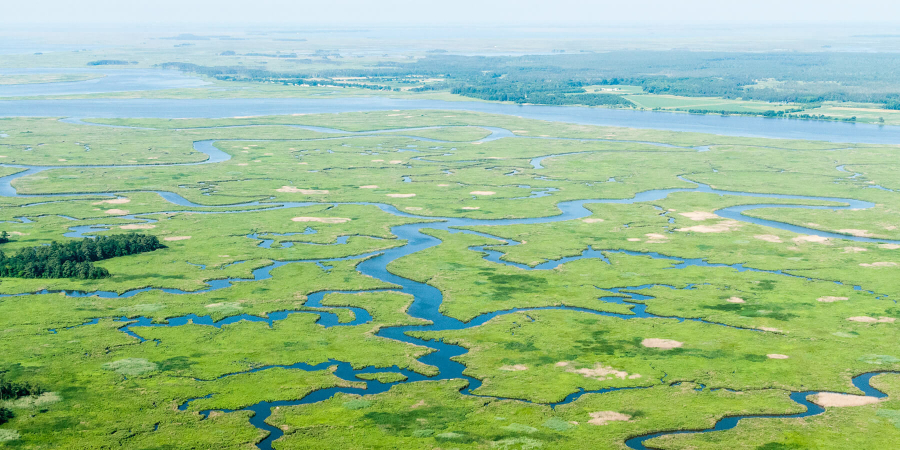Watershed Implementation Plans
Watershed Implementation Plans (WIPs) include detailed, specific steps each jurisdiction will take to meet the goals of the Chesapeake Bay Total Maximum Daily Load by 2025.

Watershed Implementation Plans (WIPs) include detailed, specific steps each of the seven Bay watershed jurisdictions will take to meet the pollution reduction goals of the Chesapeake Bay Total Maximum Daily Load (TMDL) by 2025. These plans consider such things as ecological restoration and sustainability while allowing for greater transparency and accountability for improved performance.
